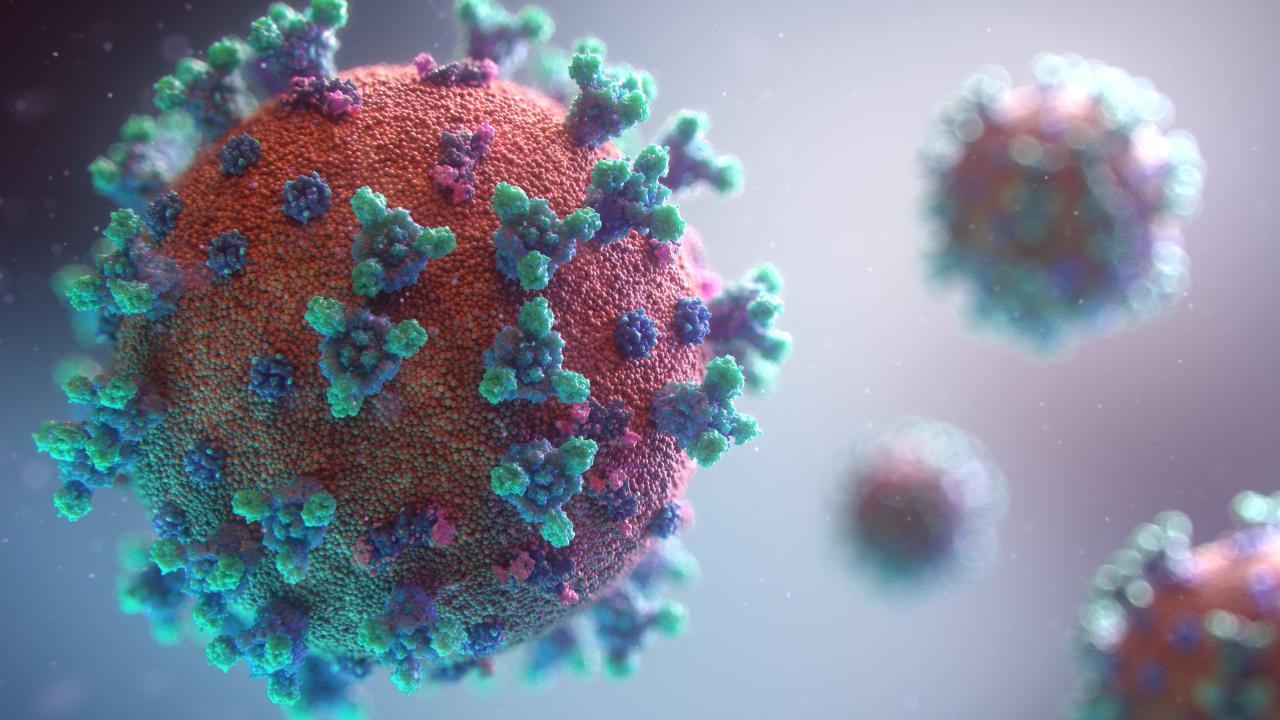Scientists believe an experimental chewing gum could help in protecting people against contracting coronavirus. The gum contains a protein that ‘traps’ coronavirus particles, thereby reducing the viral content in saliva and limiting the spread of the virus when people talk, breath or cough.
Discover our latest podcast
More Than Chewing Gum
According to the team of scientists from the United States, the chewing gum contains copies of the ACE2 protein found on cell surfaces. This protein is used by the virus as a gateway to break into cells and infect them.
The researchers explain that test-tube experiments using saliva and swab from infected people, saw the virus particles attaching themselves to the ACE2 ‘receptors’ in the chewing gum. This caused the viral load in the samples to fall by more than 95%.
In a report published in Molecular Therapy, the team from the University of Pennsylvania said the gum which tastes and feels like conventional chewing gum, can be stored for years at normal temperatures.
...the ACE2 gum could be used as a rapid means of reducing SARS-CoV-2 from the oral cavity of infected patients requiring dental procedures. This general concept could be extended to minimize infection or transmission of most oral viruses.
Useful Against Other Viral Diseases
Although the gum is not yet available for use, researchers believe it could add to the benefit of vaccines and would be particularly useful in countries where vaccines are not yet available or affordable.
Also, they reported that the chewing gum could help reduce the risk of re-infection or transmission of other viral diseases such as the flu and Zika.
While this study focuses on debulking SARS-CoV-2, the concept of trapping viral particles in the oral cavity using viral surface proteins in chewing gum to minimize re-infection or transmission could be applied to most other oral viruses including influenza, SARS, HPV, HSV, Epstein-Barr, Zika, and herpesvirus that complete their life cycle in the oral epithelium.















